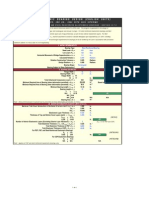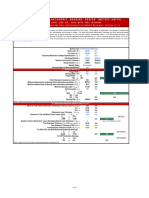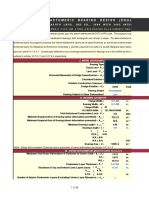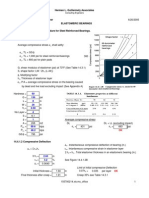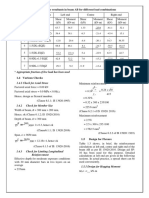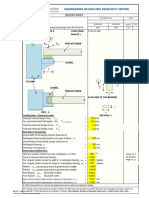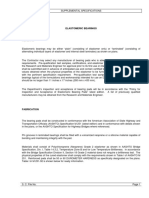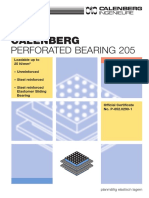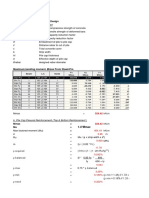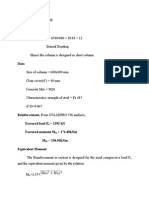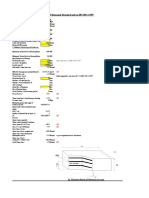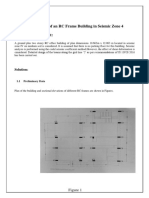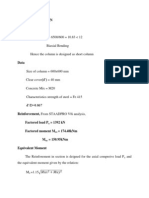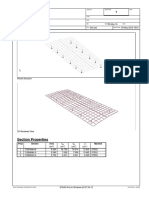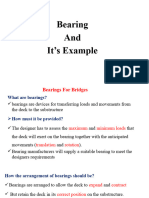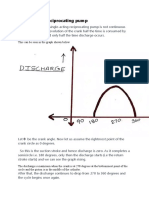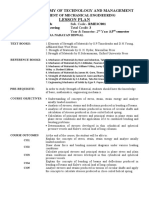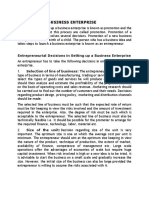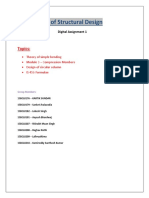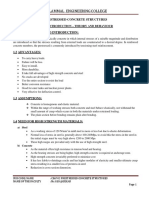0% found this document useful (0 votes)
76 views3 pagesElastomeric Bearing Design Guide
The document discusses design requirements for different types of bearings including plain elastomeric pads, fiberglass reinforced pads (FGP), and steel reinforced elastomeric bearings. It specifies requirements for material properties, design considerations, allowable stresses, deformation, reinforcement, and resistance to forces. Key requirements include: material shear modulus between 0.095-0.250 ksi and hardness of 50-70 on the Shore A scale; average compressive stress no more than 0.80 ksi for FGP, 1.00 ksi for steel reinforced, and 1.50 ksi for cotton duck reinforced pads; shear deformation no more than 2 times design shear for pads and 10 times for cotton duck; and reinforcement strength of
Uploaded by
JITENDRA BISWALCopyright
© © All Rights Reserved
We take content rights seriously. If you suspect this is your content, claim it here.
Available Formats
Download as DOCX, PDF, TXT or read online on Scribd
0% found this document useful (0 votes)
76 views3 pagesElastomeric Bearing Design Guide
The document discusses design requirements for different types of bearings including plain elastomeric pads, fiberglass reinforced pads (FGP), and steel reinforced elastomeric bearings. It specifies requirements for material properties, design considerations, allowable stresses, deformation, reinforcement, and resistance to forces. Key requirements include: material shear modulus between 0.095-0.250 ksi and hardness of 50-70 on the Shore A scale; average compressive stress no more than 0.80 ksi for FGP, 1.00 ksi for steel reinforced, and 1.50 ksi for cotton duck reinforced pads; shear deformation no more than 2 times design shear for pads and 10 times for cotton duck; and reinforcement strength of
Uploaded by
JITENDRA BISWALCopyright
© © All Rights Reserved
We take content rights seriously. If you suspect this is your content, claim it here.
Available Formats
Download as DOCX, PDF, TXT or read online on Scribd
/ 3
